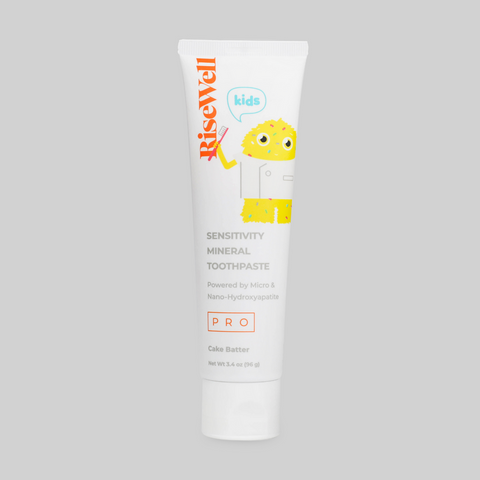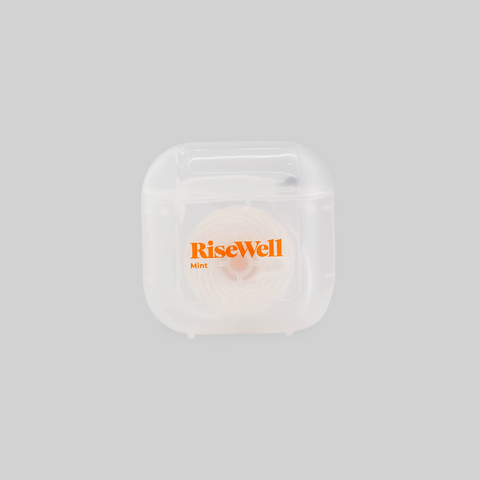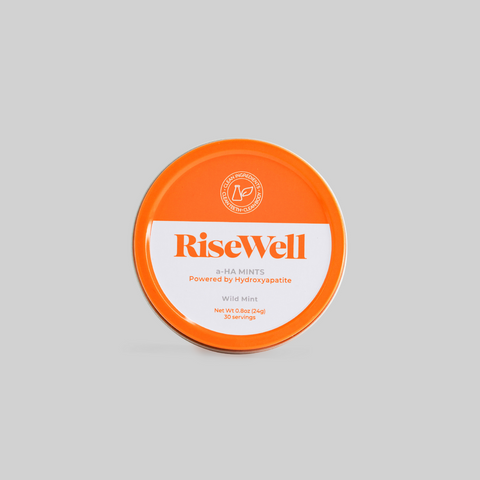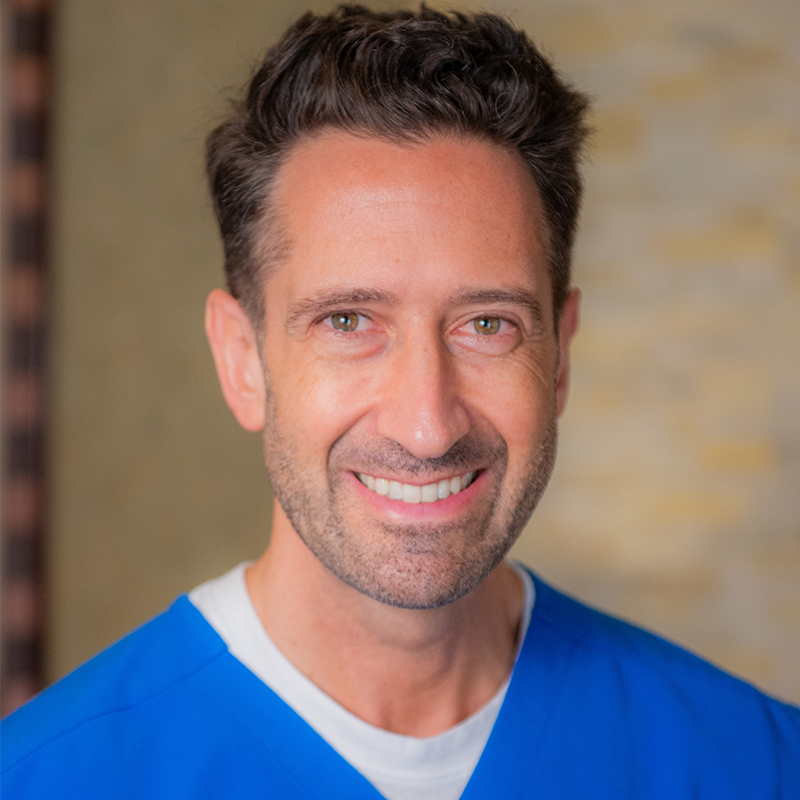
Is Mouth Breathing the Hidden Cause of Your Child’s Cavities?
You've done everything "right."
You've brushed twice a day (even with the timer), tried to floss, and skipped the juice boxes.
So why…why are they still getting cavities?
If this sounds familiar, you're not alone. Rest assured, it might not be your fault.
According to the CDC, nearly half of children between 2 and 11 will experience cavities. But here's what most dental advice doesn't talk about:
Mouth breathing could be the hidden culprit behind your child's tooth decay.
The Link Between Mouth Breathing and Cavities
Kids' mouths dry out when they breathe through their mouths, especially while they sleep, and that's a big deal.
Saliva isn't just spit. It's a superhero for your child's oral health as it:
-
Washes away food particles
-
Neutralizes acids
-
Strengthens enamel
-
Supports the oral microbiome
When saliva disappears, bacteria grow, acids build, and enamel weaken. This is when cavities form, often right in the front teeth. One study found that kids who mouth-breathe are 57% more likely to develop cavities in their front teeth, even if they brush and eat like their peers.
So Why Does Mouth Breathing Happen?
Mouth breathing usually starts with something physical, like:
-
Seasonal allergies
-
Enlarged tonsils or adenoids
-
A narrow palate or jaw
But over time, it becomes more than just a breathing habit. It can change your child's development, from jaw shape to sleep quality. When your child breathes through their nose, the tongue naturally rests at the roof of the mouth. This helps widen the upper jaw and create space for healthy tooth alignment.
But when breathing happens through the mouth, the tongue sits low. That low position can lead to:
-
Narrow jaws
-
Crowded teeth
-
Higher cavity risk
-
Even speech or sleep disruptions
It's more than just a dental issue; it's a whole-body concern.

Small Habits. Big Smiles.
Of course, how you breathe is only part of the story.
The daily habits your child builds now can make a lifelong difference in their smile.
Here's a simple three-step routine you can try at home:
-
Floss First—Yes, before brushing. Flossing clears debris between teeth, allowing brushing to clean them more effectively.
-
Rinse—A quick rinse helps loosen debris and reduces acidity before brushing starts.
-
Brush— Brush in circles for two minutes with a gentle, kid-safe toothpaste like our Kids Mineral Toothpaste. It's powered by hydroxyapatite, a natural ingredient that strengthens enamel without fluoride.
Why This Matters

Mouth breathing may seem harmless, but it could sabotage the health of your kids' smiles.
By spotting the signs early and reinforcing consistent, joyful oral care, you're setting your child up for strong, cavity-resistant teeth and confident smiles. At RiseWell, we make oral care simple, safe, and smile-worthy.
Our Kids' Mineral Toothpaste is:
-
Safe to swallow
-
Free of fluoride, SLS, and artificial dyes
-
Flavored with real ingredients (hello, Cake Batter!)
-
Made with hydroxyapatite to strengthen growing teeth naturally.
Every healthy smile starts at home.
Explore our kids' products.






















